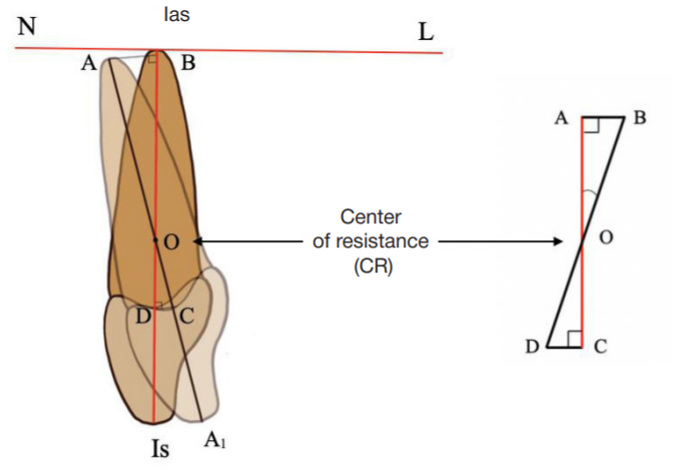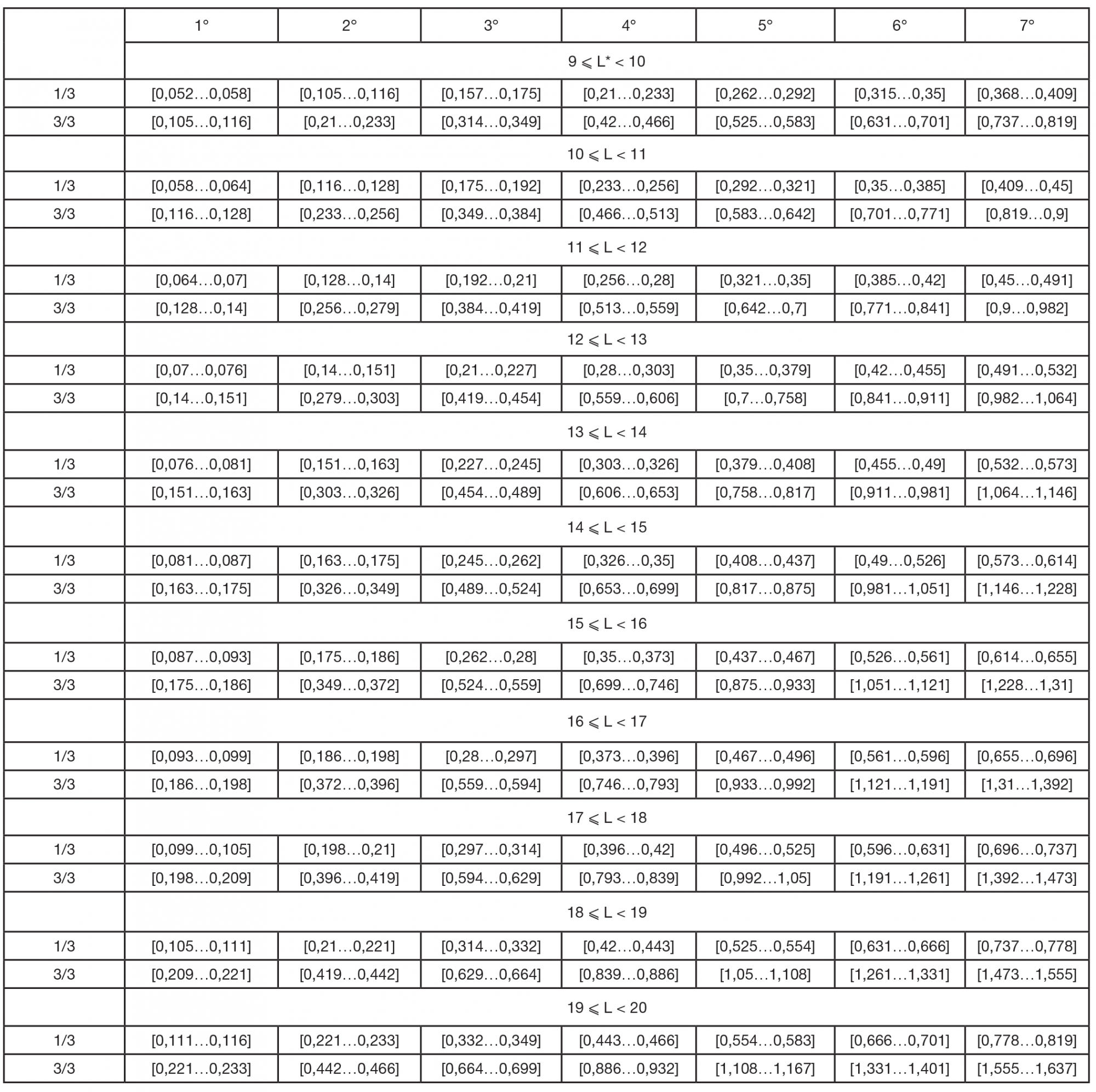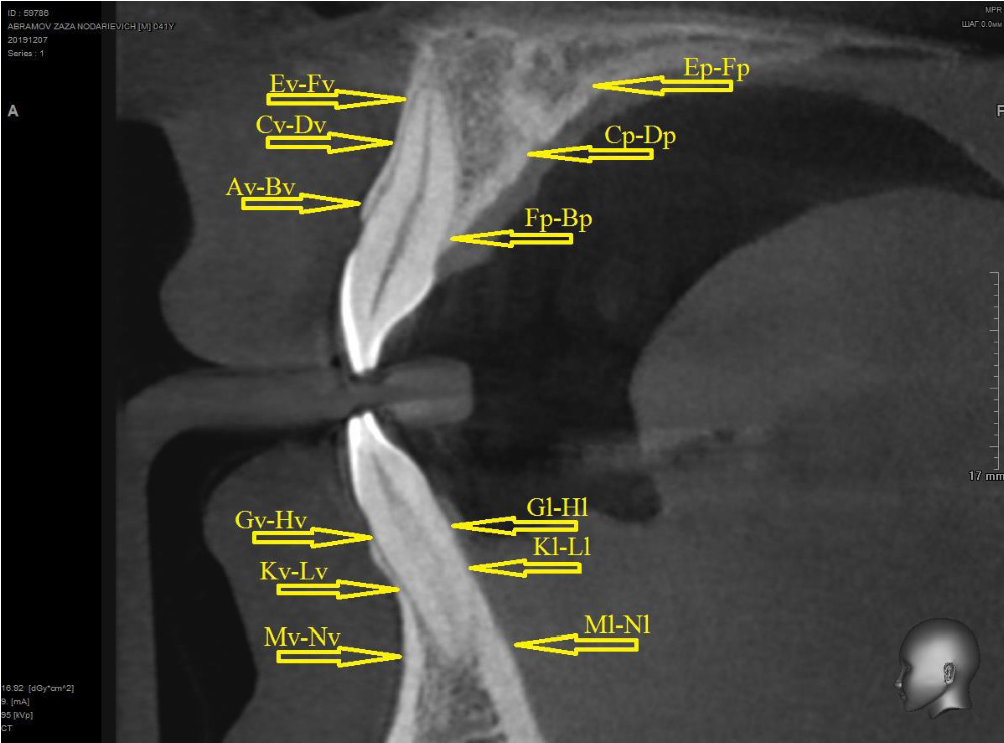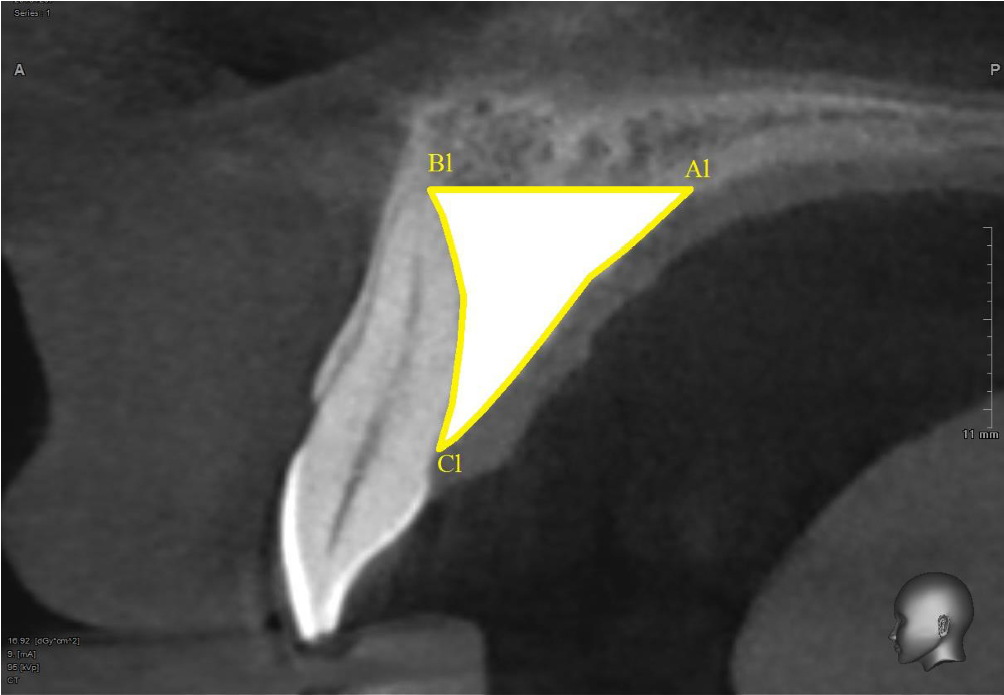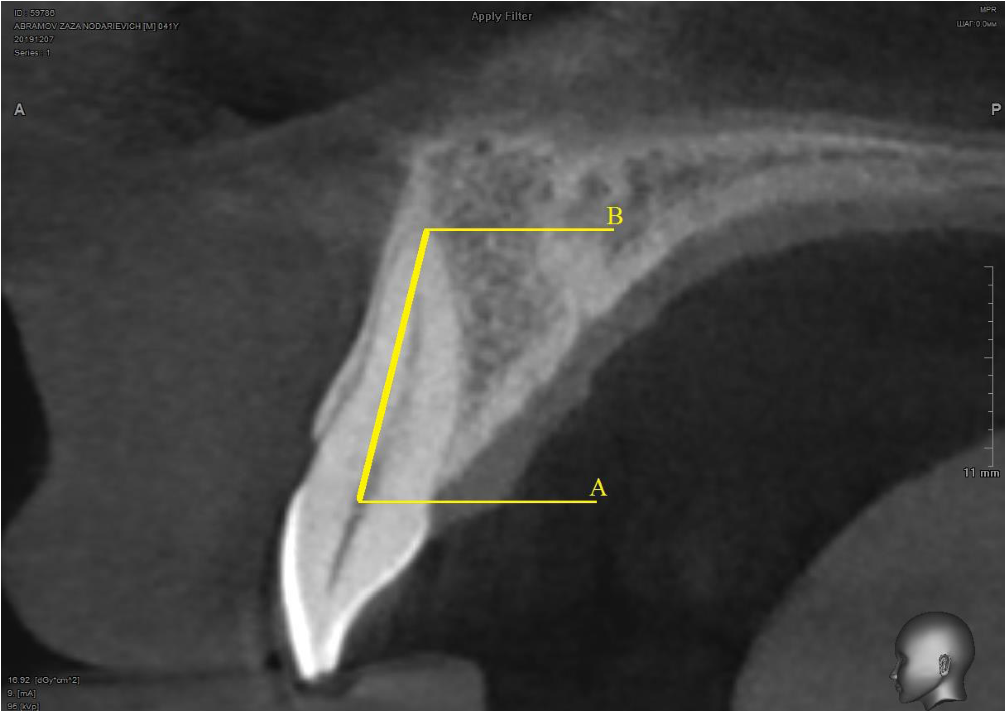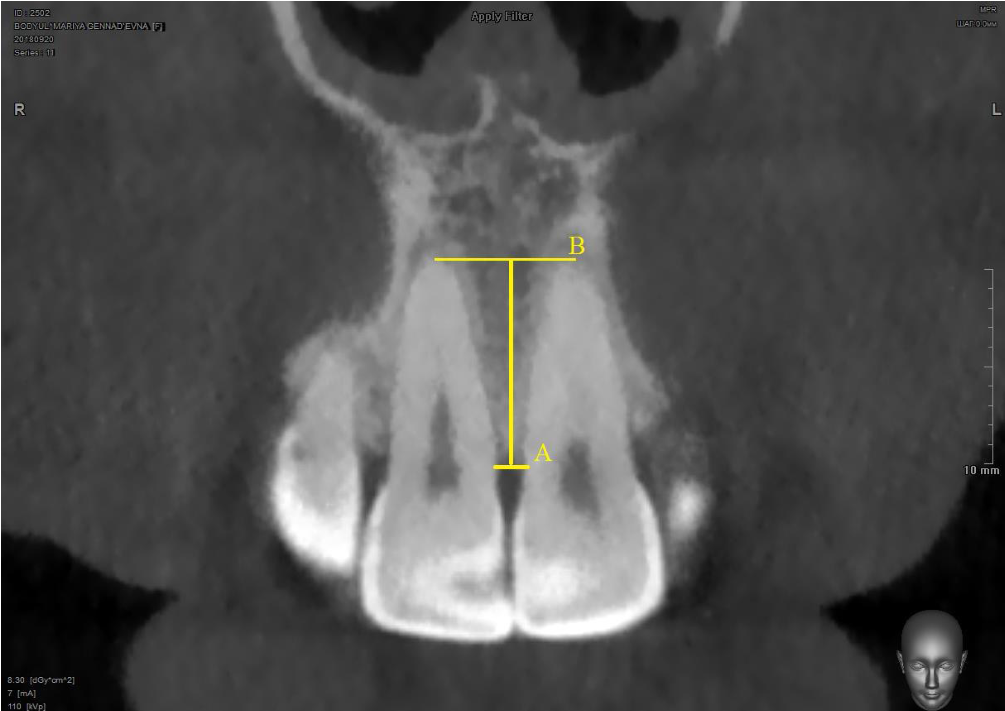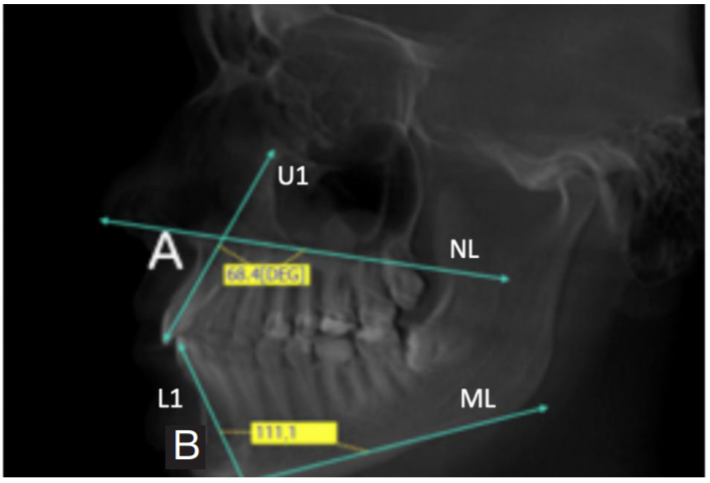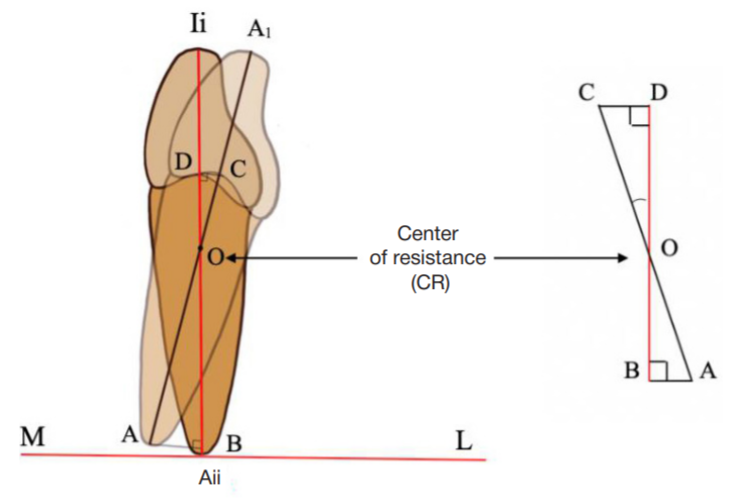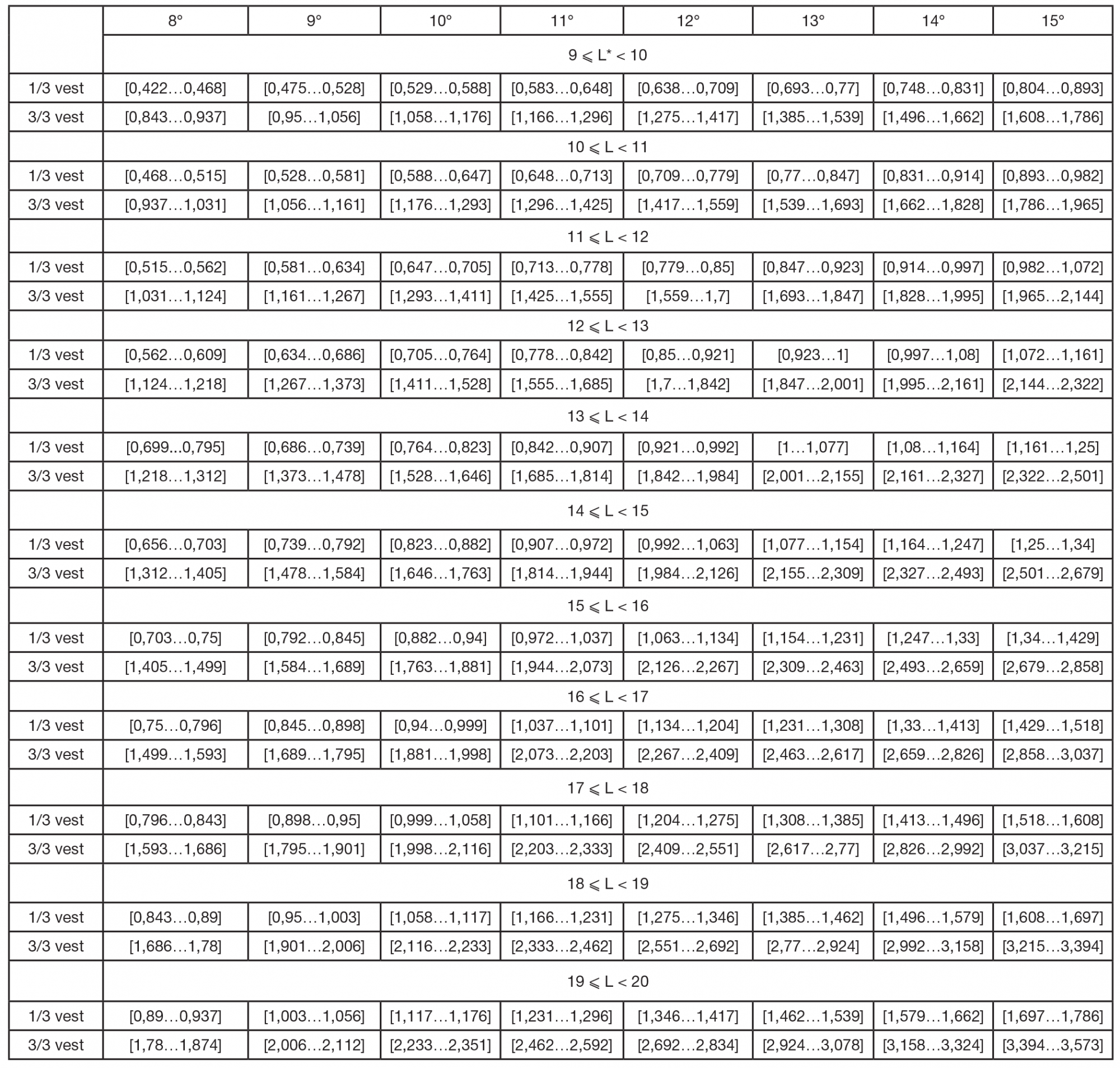
This article is an open access article distributed under the terms and conditions of the Creative Commons Attribution license (CC BY).
ORIGINAL RESEARCH
Planning orthodontic frontal teeth inclination and estimating bone thickness from cone-beam computed tomography images
1 Pirogov Russian National Research Medical University, Moscow, Russia
2 Lomonosov Moscow State University, Moscow, Russia
Correspondence should be addressed: Nana G. Meskhiya
Ostrovityanova, 1, Moscow, 117997; moc.liamg@aklepilin
Author contribution: Kopetskiy IS analyzed the literature; Meskhiya NG conducted the study, gathered and analyzed clinical data; Kopetskaya AI processed and analyzed source medical records; Eremin DA, Orekhova DD performed data analysis.
Compliance with ethical standards: the study was approved by the Ethics Committee of Piragov Russian National Research Medical University (Protocol No.116 dated March 26, 2012); informed consent was obtained from all study participants or their legal representatives.
